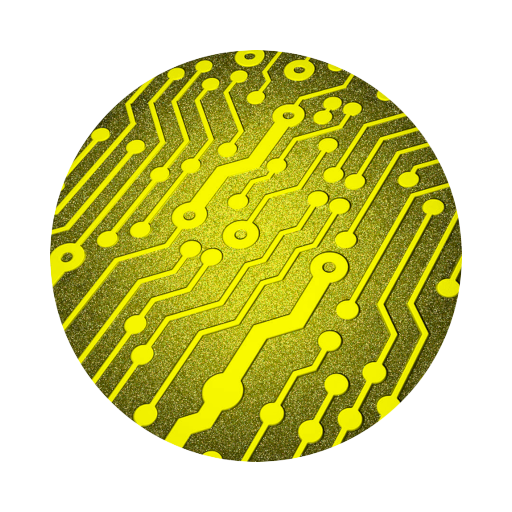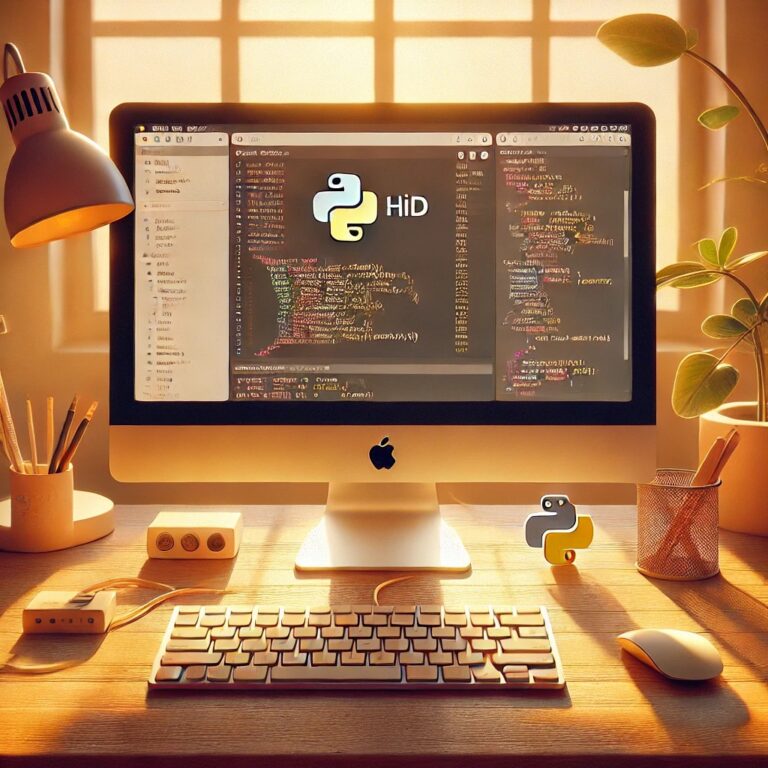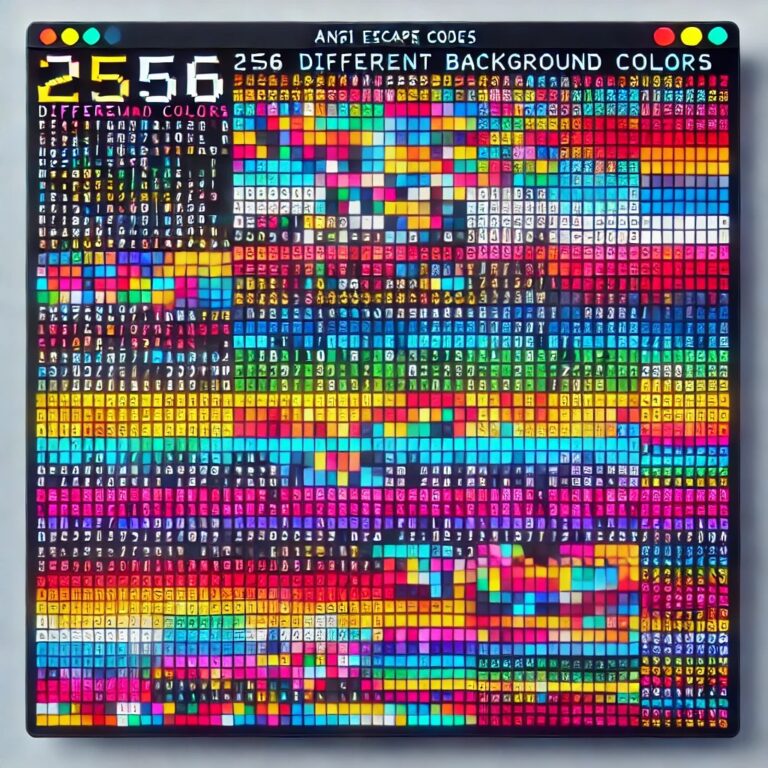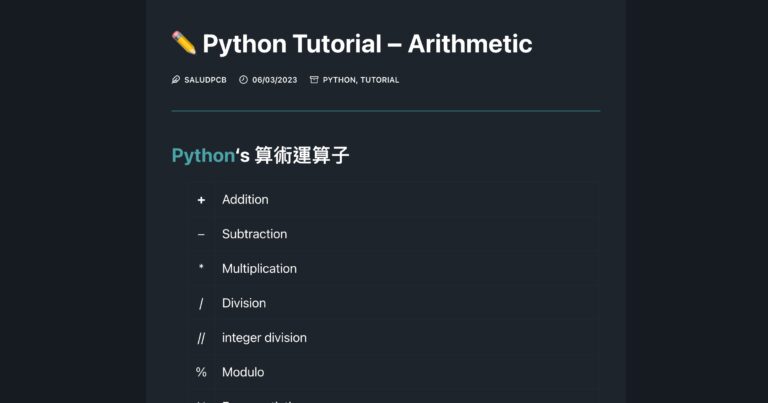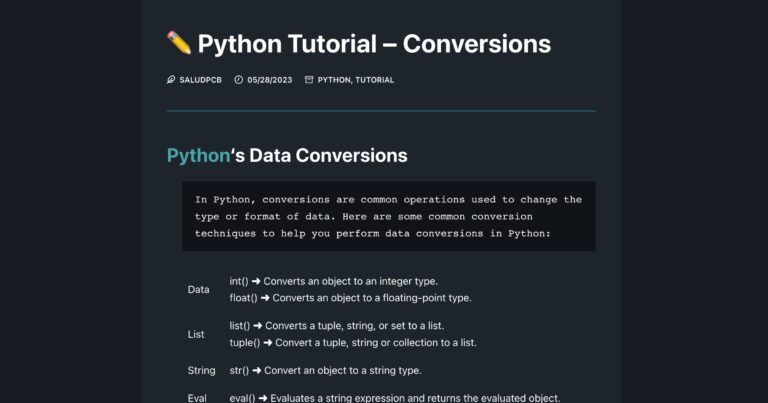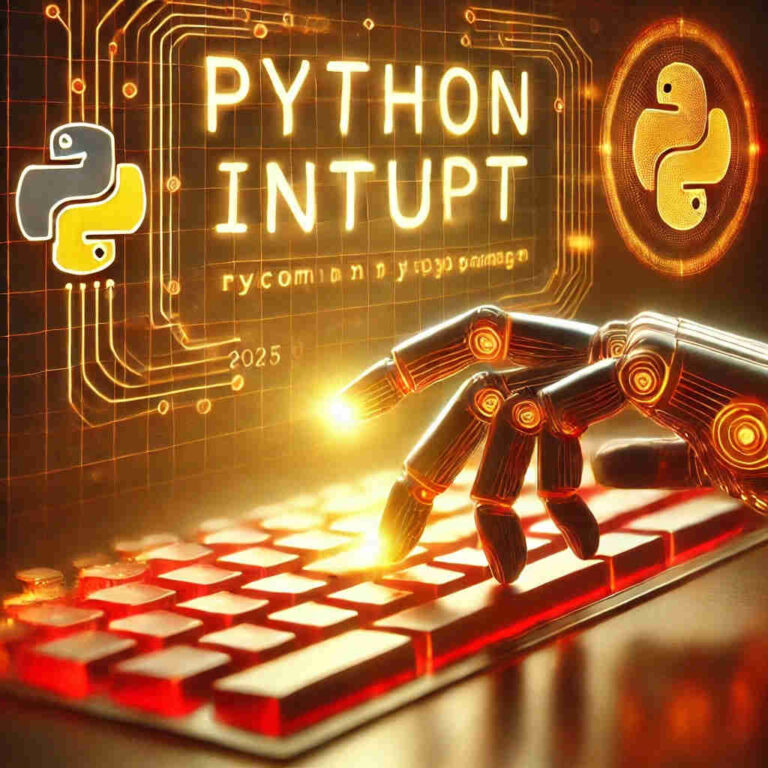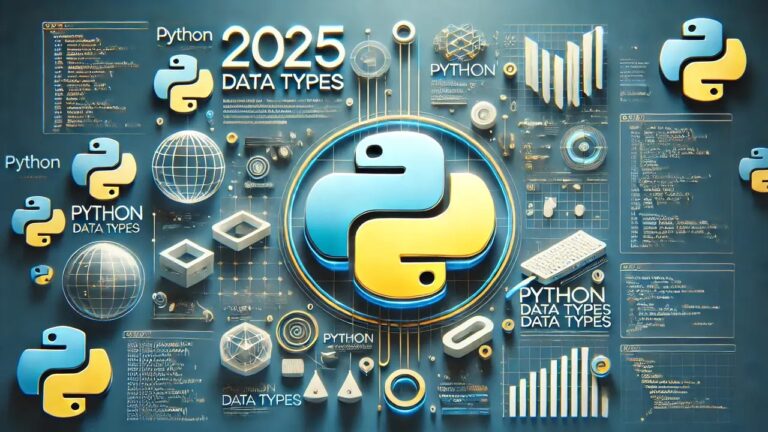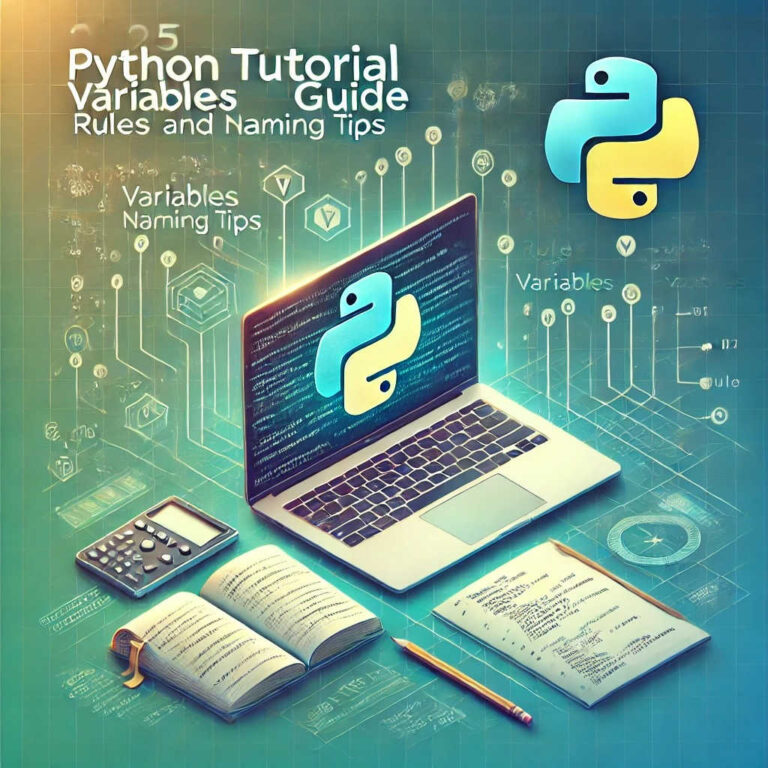Master Python Output in 2025 | The Ultimate Guide
Python Output is one of the most fundamental and indispensable parts of programming. Whether you’re writing simple scripts or developing complex applications, effectively outputting and displaying information is key to determining the readability and professionalism of your code.
From basic text output to formatting complex data structures, mastering Python’s output techniques not only makes your code clearer but also improves maintenance and debugging efficiency. In this guide, we will dive deep into various methods in Python, including f-strings, the str.format() method, manual formatting techniques, and the traditional %operator formatting. You’ll learn how to control print formats, align text, set decimal precision, and handle common special characters.
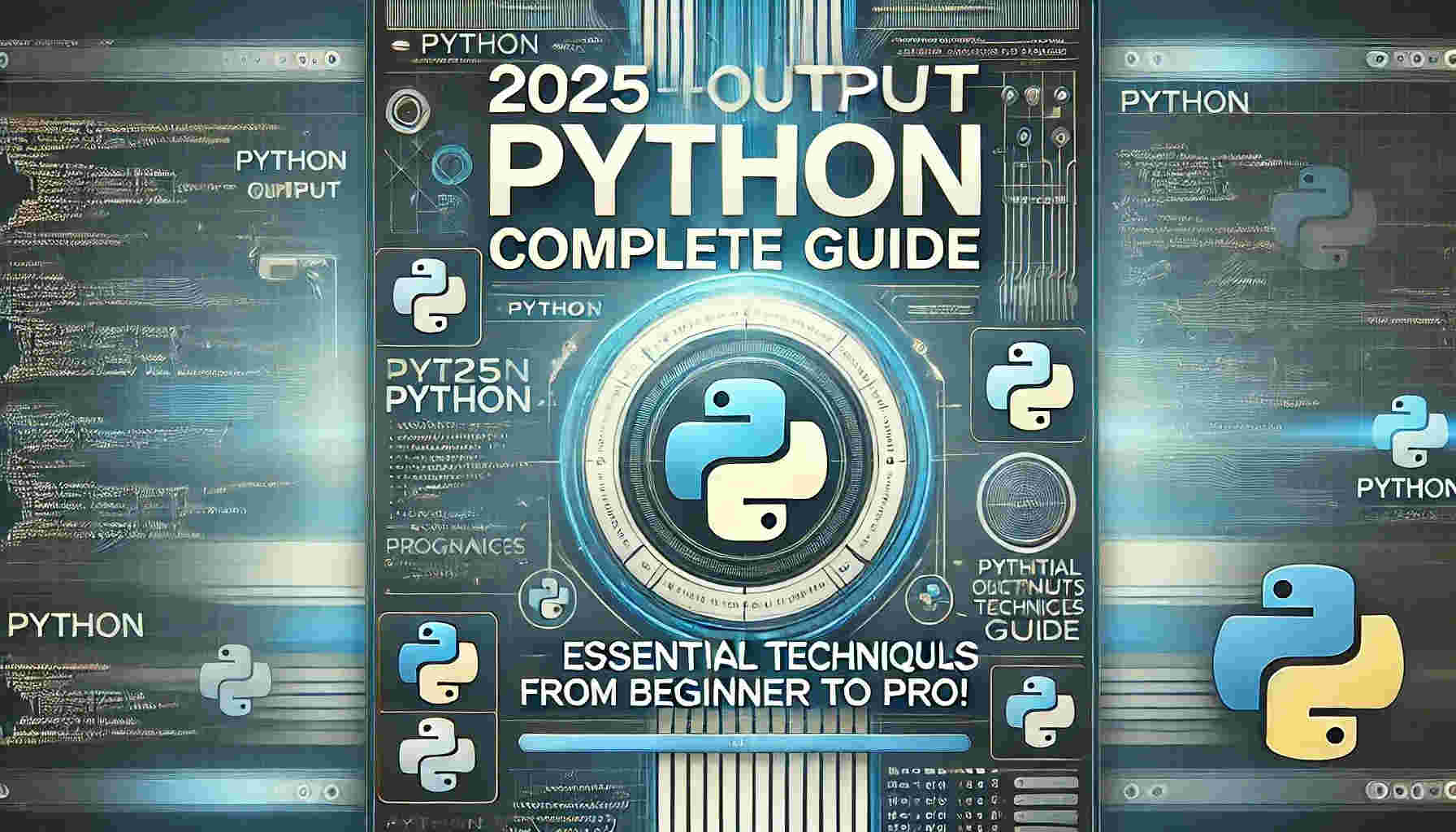
Contents
Python Output Basics: The print() Function
Basic Usage:
The print() function is the most commonly used method for displaying content in Python, whether on the terminal or written to a file.
print("Hello, World!")Printing Multiple Variables:
You can separate multiple variables with commas, and print() will automatically add spaces between them.
name = "Alice"
age = 25
print("Name:", name, "Age:", age)Formatted:
Python offers several ways to format print, such as f-strings, the format() method, and the % operator.
- f-strings (Recommended):
print(f"Name: {name}, Age: {age}")format()method:
print("Name: {}, Age: {}".format(name, age))%operator (Old-style formatting):
print("Name: %s, Age: %d" % (name, age))Advanced Techniques
Controlling Format:
- Line Breaks and No Line Breaks:
By default,print()adds a newline after each print. You can control this behavior using theendparameter.
print("Hello", end=" ")
print("World!")- Custom Separators:
Thesepparameter allows you to define custom separators between multiple variables.
print("2025", "01", "01", sep="-")Output to a File:
Besides displaying output in the terminal, you can also direct it to a file using the file parameter.
with open("output.txt", "w") as f:
print("Hello, File!", file=f)Colored and Styled:
To print colored or styled text in the terminal, you can use third-party libraries like colorama or termcolor.
from termcolor import colored
print(colored("Hello, World!", "red", "on_white"))Pro-Level Skills
Using the logging Module:
For applications that require logging, the logging module is more powerful and flexible than print().
import logging
logging.basicConfig(level=logging.INFO)
logging.info("This is an info message.")Outputting JSON Data:
When working with APIs or data exchange, outputting data in JSON format is common.
import json
data = {"name": "Alice", "age": 25}
print(json.dumps(data, indent=4))Dynamic Progress Bars:
For long-running tasks, use the tqdm library to display progress bars.
from tqdm import tqdm
import time
for i in tqdm(range(100)):
time.sleep(0.1)Tabular Data:
Use the tabulate library to display data in a table format easily.
from tabulate import tabulate
data = [["Alice", 25], ["Bob", 30], ["Charlie", 35]]
print(tabulate(data, headers=["Name", "Age"]))Practical Applications
Debugging:
During development, outputting debugging information is essential. You can control the output of debug messages using conditional statements.
DEBUG = True
def debug_print(message):
if DEBUG:
print(f"[DEBUG] {message}")
debug_print("This is a debug message.")Measuring Performance:
Use the time module to measure the execution time of your program, which helps with performance optimization.
import time
start_time = time.time()
end_time = time.time()
print(f"Execution time: {end_time - start_time:.2f} seconds")Conclusion
Python’s data presentation capabilities go beyond simple console outputs. From basic print() statements to advanced techniques like logging, JSON serialization, dynamic progress bars, and formatted tables, mastering these tools will elevate your coding efficiency, streamline debugging, and enhance overall code quality.
We hope this 2025 Python Guide helps you grow from a beginner to a pro, taking your Python skills to the next level.
